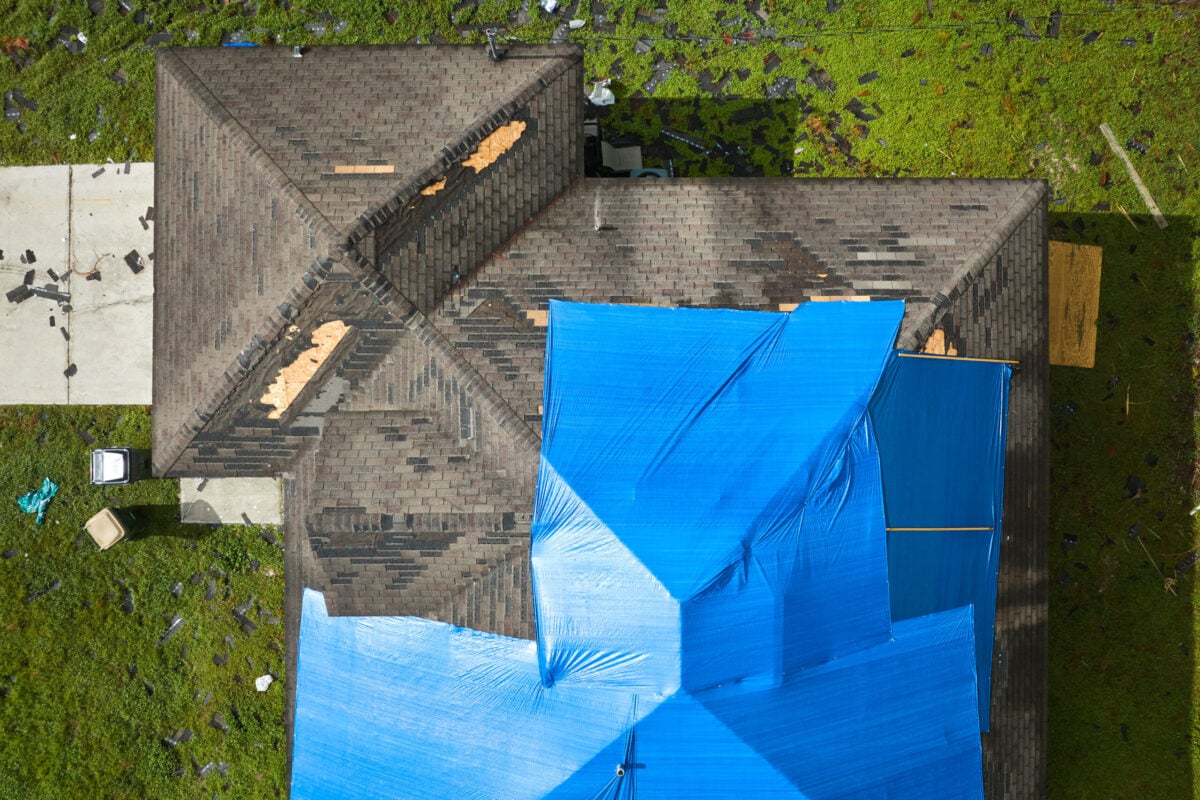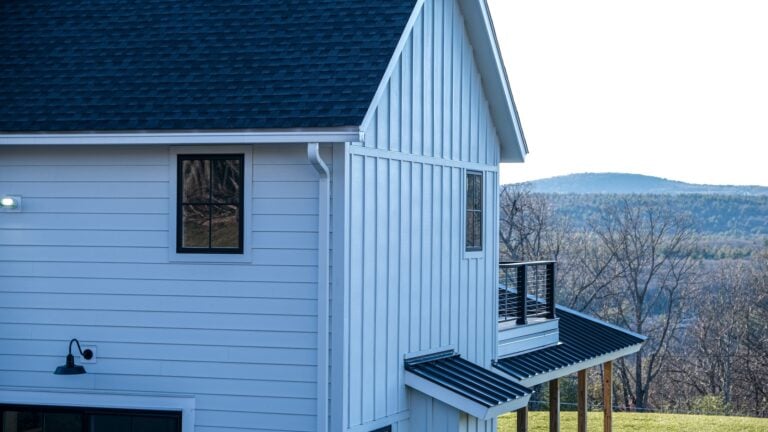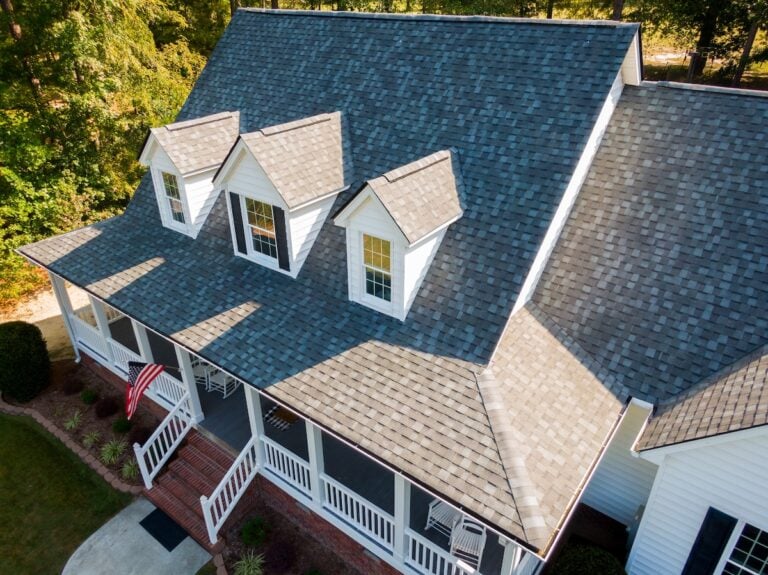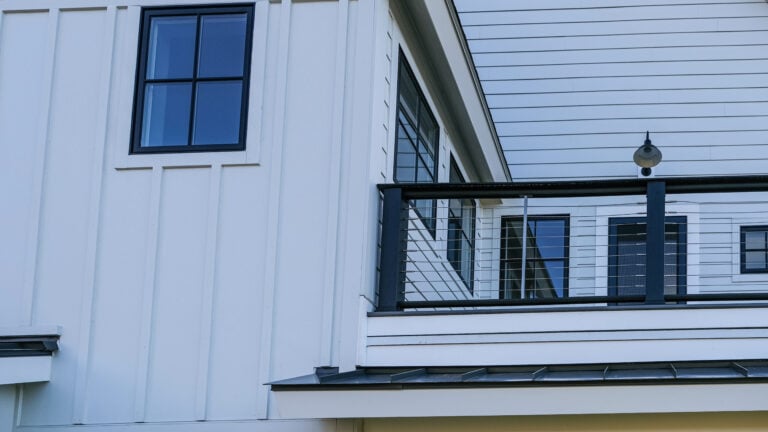When storm damage strikes your roof, emergency tarping becomes a critical first step to protect your home from further water damage. Understanding roof tarping cost helps you make informed decisions during these stressful situations and budget appropriately for this essential emergency service.
Whether you’re dealing with storm damage, fallen trees, or unexpected roof failures, we’ll help you understand the investment required to protect your home until permanent repairs can be completed. Here’s what we’ll cover:
- Average roof tarping costs and pricing factors
- Different types of emergency tarping services
- When roof tarping is necessary
- Tips for working with insurance companies
🤔 Understanding Emergency Roof Tarping Services
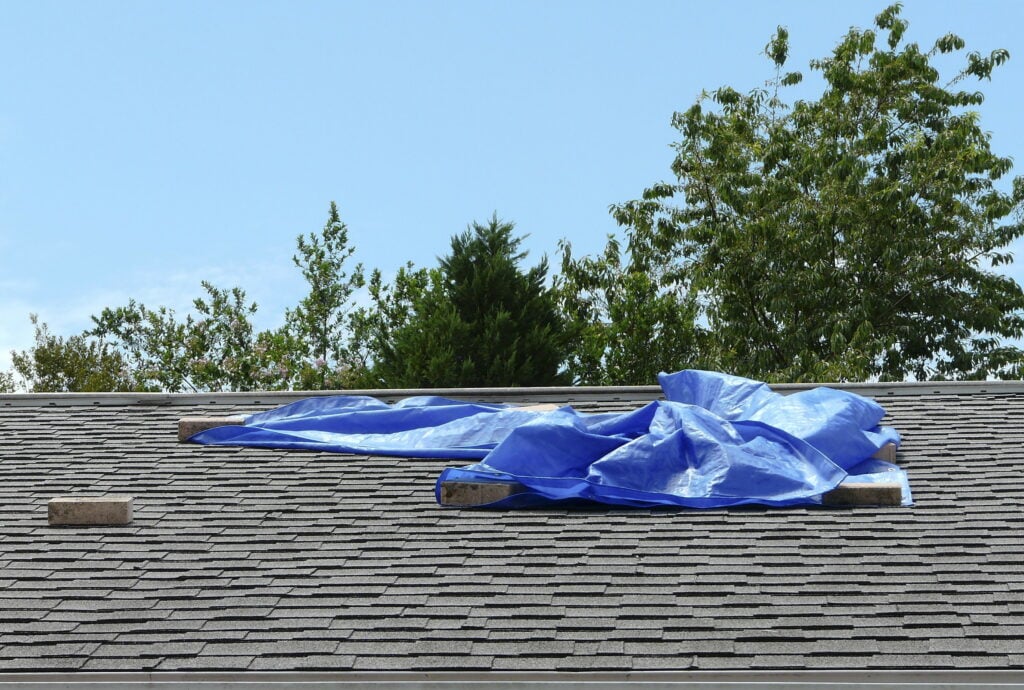
Emergency roof tarping provides temporary protection for your home when your roof has been compromised. This service involves securing heavy-duty tarps over damaged areas to prevent water infiltration, structural damage, and mold growth until permanent repairs can be made.
Professional roofers use specialized equipment and techniques to ensure tarps are properly secured against wind and weather. The process typically includes damage assessment, debris removal, and strategic tarp placement with reinforced anchoring systems.
Most emergency tarping services are available 24/7, recognizing that roof damage doesn’t wait for convenient business hours. Quick response times are crucial since every hour of delay can lead to exponentially more expensive interior damage from water infiltration.
| Cost Breakdown | Details |
| Typical Cost Range | $300 to $1,500 |
| Basic Emergency Tarping | $300 to $600 |
| Extensive Coverage | Up to $1,500 or more for larger or complex roofs |
| Cost per Square Foot | $3 to $7 per square foot |
| After-Hours Premium | Additional 25% to 50% for nighttime or weekend service |
| Labor Costs | Largest portion of expenses due to specialized skills and safety equipment requirements |
| Material Costs | 20% to 30% of the total cost for tarps and securing hardware |
| Debris Removal Charges | Additional fees for clearing fallen trees or damaged materials |
| Travel Fees | Possible for rural or remote locations requiring significant travel by contractors |
👉 7 Factors That Affect Roof Tarping Cost
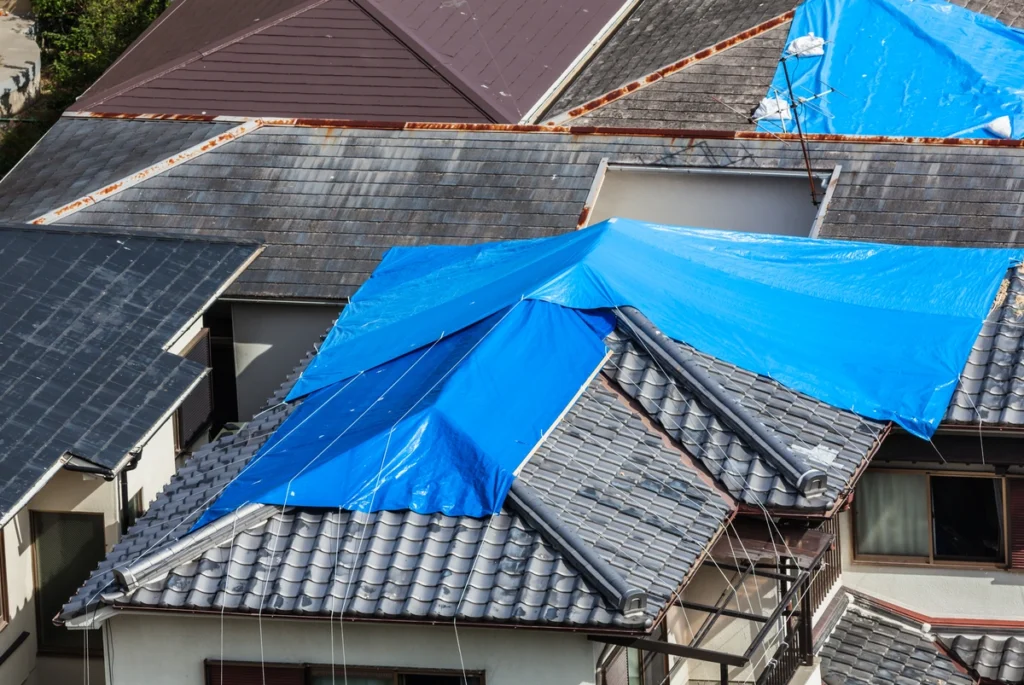
Understanding the factors that impact roof tarping costs helps homeowners budget effectively after damage. It ensures you get the right solution without overspending.
1. Size of Damaged Area
The square footage requiring tarp coverage directly impacts your total cost. Small punctures or missing shingle sections require minimal materials and labor, while large sections of missing roof decking demand extensive tarping systems with multiple anchor points.
2. Roof Accessibility and Complexity
Single-story homes with standard pitch roofs are easier and safer to tarp than multi-story buildings or structures with steep slopes. Complex rooflines with multiple angles, dormers, or architectural features require more time and specialized techniques, increasing labor costs.
3. Severity of Damage
Minor damage might only require basic tarp placement, while severe structural damage often necessitates additional safety measures, debris removal, and more complex securing systems. Contractors may need specialized equipment for homes with significant structural compromise.
4. Time of Service
Emergency calls during nights, weekends, or holidays typically carry premium pricing. Storm seasons also create high demand periods where contractors may charge higher rates due to increased workload and limited availability.
5. Geographic Location
Regional pricing variations affect roof tarping cost, with urban areas generally commanding higher rates than rural locations. However, remote properties might face additional travel charges that offset lower base rates.
6. Contractor Experience and Reputation
Established roofing companies with strong reputations and proper insurance coverage often charge more than less experienced operators. However, this investment typically ensures better workmanship and liability protection.
7. Additional Services Required
Debris removal, minor structural repairs, or interior water damage mitigation can significantly increase project costs. Some contractors offer comprehensive emergency services while others focus solely on tarping.
🚫 When You Need Emergency Roof Tarping
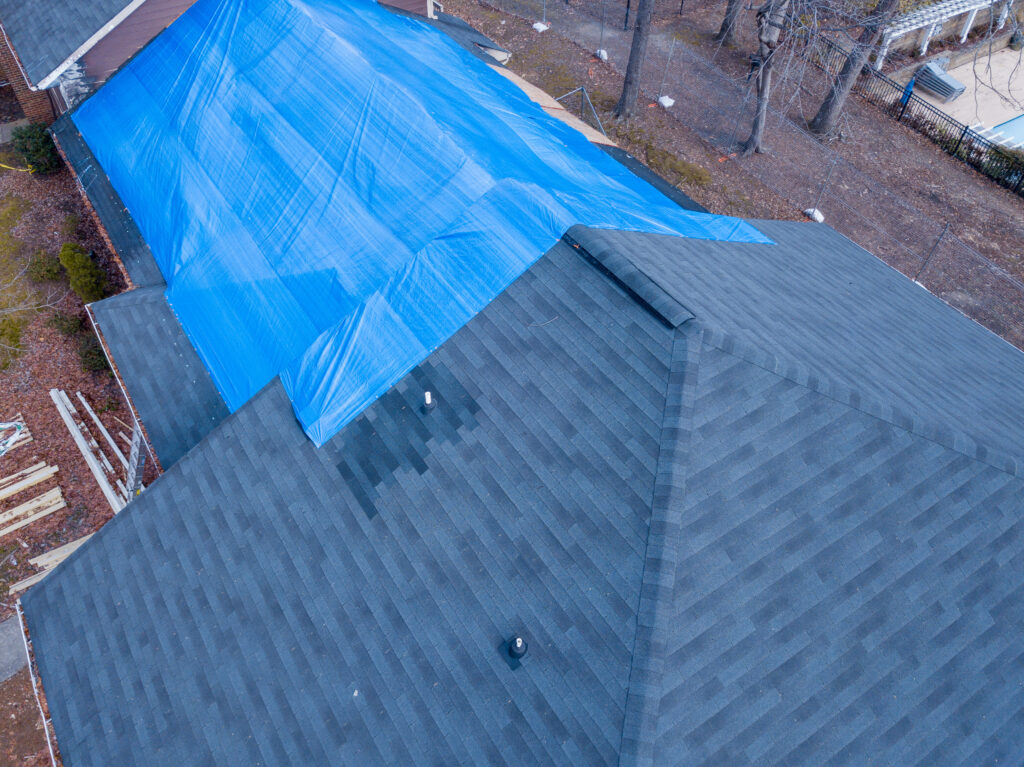
Emergency roof tarping protects your home from further damage after a storm or accident. It provides a temporary shield against leaks, debris, and weather while you arrange for repairs.
Storm Damage
Storm damage is the most common reason for emergency tarping services. High winds can lift shingles or entire sections of roof decking, while hail can cause puncture points that allow water to seep through. Fallen trees often result in extensive structural damage, requiring immediate protection.
Fire Damage
Fires often require emergency tarping to shield interiors from weather while insurance adjusters evaluate the damage. Even small fires can weaken roof integrity enough to need temporary protection.
Equipment Failures
Unexpected equipment failures, like HVAC units falling through roofs or improper satellite dish installations, create immediate needs for tarping to prevent water damage. These events often happen without warning and demand a quick response.
Age-Related Roof Failures
Older roofs can fail suddenly, especially during severe weather, when aging materials finally give out. Emergency tarping provides temporary protection, buying time to plan a proper roof replacement while avoiding further water damage.
🖌️ Working With Insurance Companies
Most homeowner’s insurance policies cover emergency tarping costs for damage caused by covered perils like storms, hail, or fire. However, gradual wear and tear or maintenance issues are typically not covered, so it’s crucial to review your policy terms.
Document Everything Thoroughly
Before, during, and after tarping installation, take detailed photos of the damage, keep all receipts, and maintain records of contractor communications. Proper documentation is essential for smooth insurance claim processing.
Act Quickly After Roof Damage
Contact your insurance company immediately when roof damage occurs, but don’t wait for adjuster approval to arrange emergency tarping. Most policies require you to take reasonable steps to prevent further damage, and delaying action could jeopardize your claim.
Choose the Right Contractors
Hire contractors familiar with insurance procedures who can provide detailed invoices that meet insurance requirements. Experienced emergency roofing contractors often work directly with insurance adjusters and understand proper documentation standards.
🏡 Protect Your Home With Professional Emergency Services
When it comes to protecting your home from roof damage, the cost of roof tarping is a small price to pay for the peace of mind and safety it provides. At Best Exteriors, we pride ourselves on being the team you can trust during these critical moments. With our 24/7 emergency response, certified technicians, and commitment to using high-quality materials, we ensure your home is secure and protected until permanent repairs are completed.
We also work directly with insurance providers to make the claims process as smooth as possible, so you can focus on what matters most. Don’t wait for roof damage to worsen—contact Best Exteriors today for dependable, professional tarping services. Call now for immediate assistance and let us help safeguard your home with the care it deserves!
